Motion in a Plane
1/70
There's no tags or description
Looks like no tags are added yet.
Name | Mastery | Learn | Test | Matching | Spaced |
|---|
No study sessions yet.
71 Terms
Position vector
Vector which gives the position of the object with respect to origin.
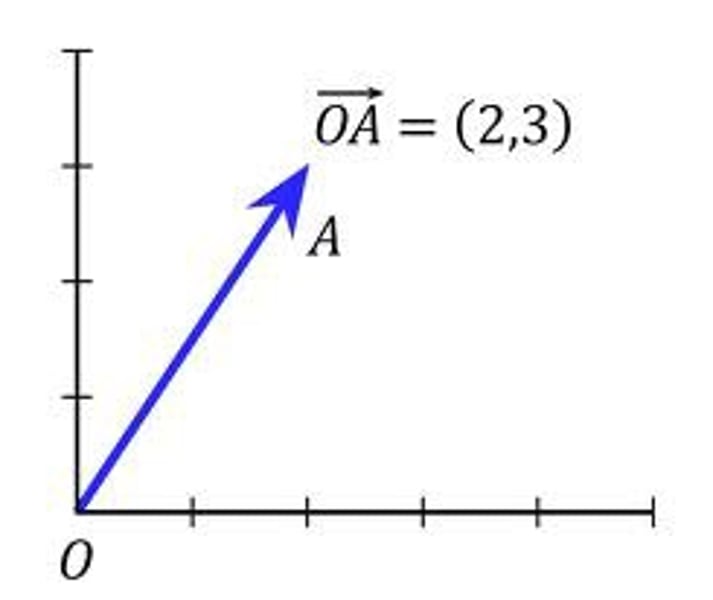
Displacement vector
The straight line between the two points irrespective of the path followed. Shows the net distance covered.
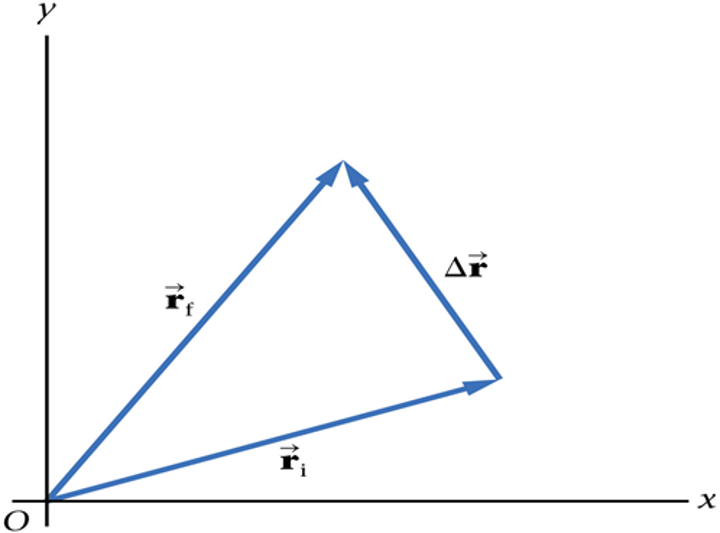
Two vectors are equal if
they have the same magnitude and direction
Polar vectors
Vectors having linear effect. Reverses sign when the coordinate axis is reversed.
Equal vectors
Vectors that have the same magnitude and the same direction.
Negative vector
a vector that has the same magnitude as another vector but is pointing in the opposite direction
Unit vector
A vector with a magnitude of 1
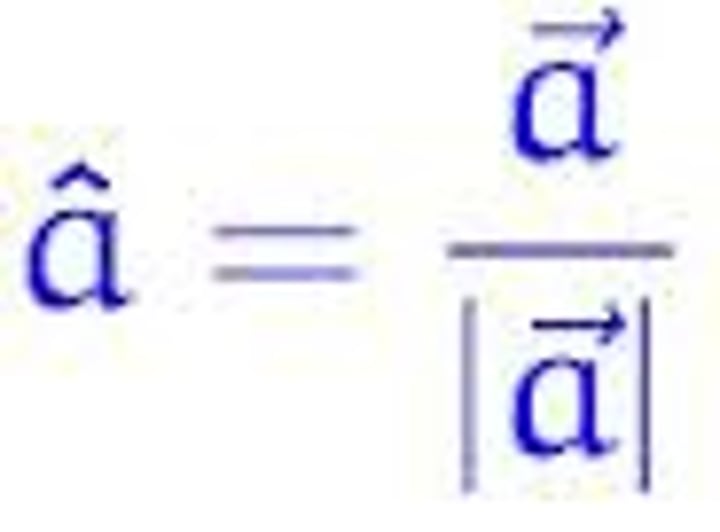
Zero vector
Vector of length 0, thus has all components equal to zero.
Coplanar vectors
Vectors which are lying on the same in a three-dimensional plane. They are parallel to the same plane.
Co-initial vectors
When two or more vectors have the same starting point
Null vector
Adding two vectors with equal magnitudes and opposite directions results in null vector.
A + (-A) = 0
The angle between two parallel vectors acting in the same direction is
0°
The angle between two parallel vectors acting in opposite directions is
180°
Triangle law of vector addition
If two sides of a triangle are represented by two vectors in the same order, then the resultant is represented both in magnitude and direction by the third side of the triangle taken in opposite order
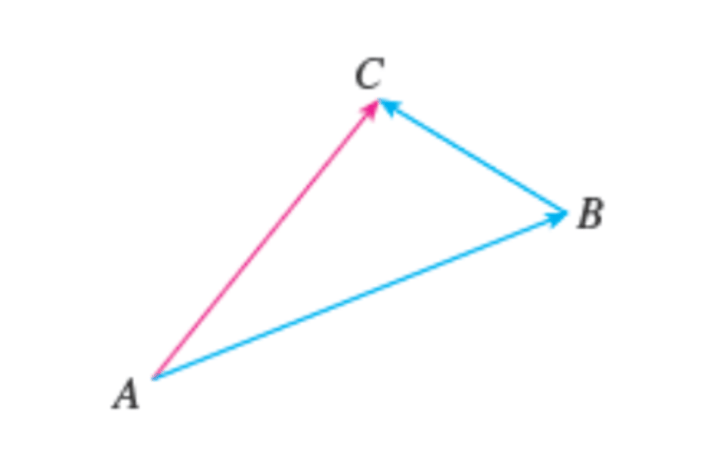
Parallelogram law of vector addition
When two co-initial vectors are along two adjacent sides of a parallelogram, then their resultant is equal to the corresponding diagonal in magnitude and direction
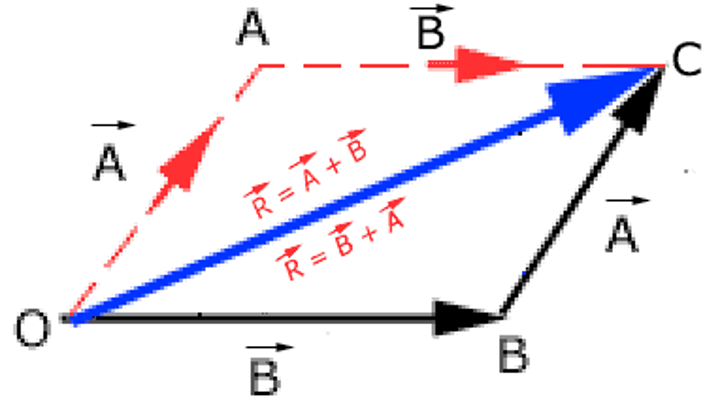
To find the magnitude of resultant vector R (+)
R = √ A² + B² + 2AB cosθ
To find the direction of resultant vector α (+)
α = tan⁻¹ { B sinθ / A+B cosθ}
Polygon law of vector addition
If a number of vectors can be represented by the sides of a polygon taken in the same order, then their resultant is represented by the closing side of the polygon taken in the opposite order.
Vector subtraction
It is the vector addition of one vector and negative vector of the other
To find the magnitude of resultant R (-)
R = √ A² + B² - 2AB cos θ
cos (180° - θ) =
- cos θ
sin (180° - θ) =
sin θ
tan (180° - θ) =
- tan θ
1 - cos θ =
2 sin² θ/2
1 + cos θ =
2 cos² θ/2
If both vectors are the same, R = (for quick answer)
2v sin θ/2
Multiplying a vector with a real number
Magnitude is changed by the factor but the direction is the same as that of the vector
Dot product
Defined as
A • B = AB cos θ
Properties of dot/scalar product (5)
• Commutative
A • B = B • A
• Dot product of perpendicular vectors is 0
• Distributive
A • (B + C) = A • B + A • C
• If A, B and C are coplanar then,
A • (B × C) = B • (C × A) = C • (A × B) = 0
• Dot product of a vector with itself gives square of its magnitude
A ⋅ A = AAcos 0°= A²
î • î =
ĵ • ĵ = k̂ • k̂ = 1
î • ĵ = ĵ • k̂ = k̂ • î =
0
î • ĵ = î ĵ cos 90° = 0
Cross product
A × B = AB sin θ n̂
where n̂ is a unit vector which points in the direction perpendicular to the plane of A & B
Properties of Cross Product (9)
• If vectors are perpendicular, then θ = 90°
A × B = AB sin 90° n̂ = AB
• Does not obey commutative rule but,
A × B = -(B × A)
• Cross product of a vector with itself is 0
A × A = 0
• Cross product of 2 antiparallel vectors is 0
A × B = AB sin 180° n̂ = 0
• Cross product of 2 parallel vectors is 0
A × B = AB sin 0° n̂ = 0
• Obey distributive law
• If 2 vectors are represented as the adjacent sides of a parallelogram then the magnitude of their cross product is the area of parallelogram
• If 2 vectors are represented as the sides of a triangle then the magnitude of their cross product is the area of triangle
• A × B = î (AᵧB𝓏 - A𝓏Bᵧ) - ĵ (AₓB𝓏 - A𝓏Bₓ) + k̂ (AₓBᵧ - AᵧBₓ)
If A = Aₓî + Aᵧĵ + A𝓏k̂ then
|A| = √ Aₓ² + Aᵧ² + A𝓏²
Vector resolution
the process of splitting a vector into its components
Rectangular components of a vector
If the components of a given vector are perpendicular to each other, then they are called rectangular components
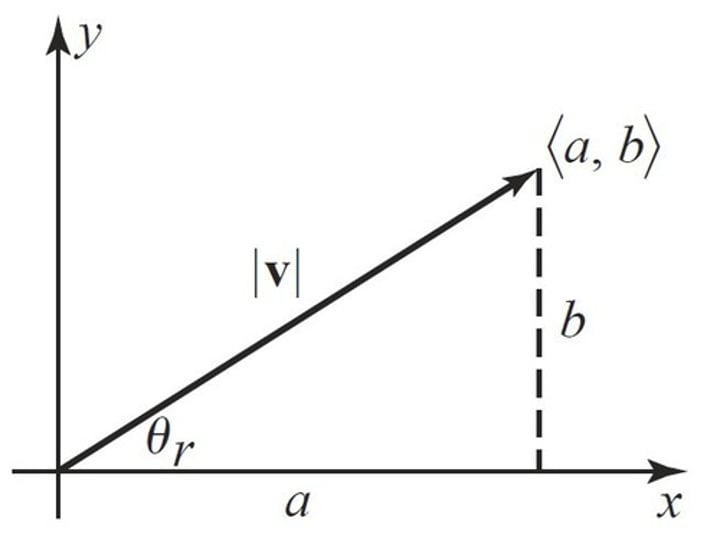
To find components of a vector
|A| = √ Aₓ² + Aᵧ²
To find Aₓ
Aₓ = Acosθ
To find Aᵧ
Aᵧ = Asinθ
Relative velocity
It is the velocity of an object with respect to another object which is stationary or moving.
When both objects are moving in the same direction
R.v. of B w.r.t. A
Vab = Va - Vb
When B moves in opposite direction of A
R.v. of A w.r.t. B
Vba = Vb - Va
When Va and Vb are incident to each other at angle θ
Vab = √Va² + Vb² - 2VaVb cos θ
When Vb = Va
Vba = Vab = 0
Two objects seem to be stationary for one another
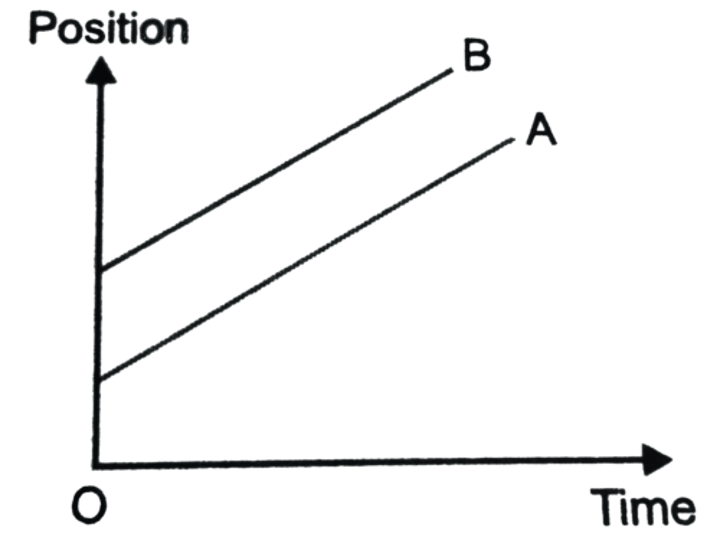
When Va > Vb
Vba = -Vab
Magnitude of Vba and Vab will be lower than Va and Vb. Object A appears to be faster to B and B appears slower to A
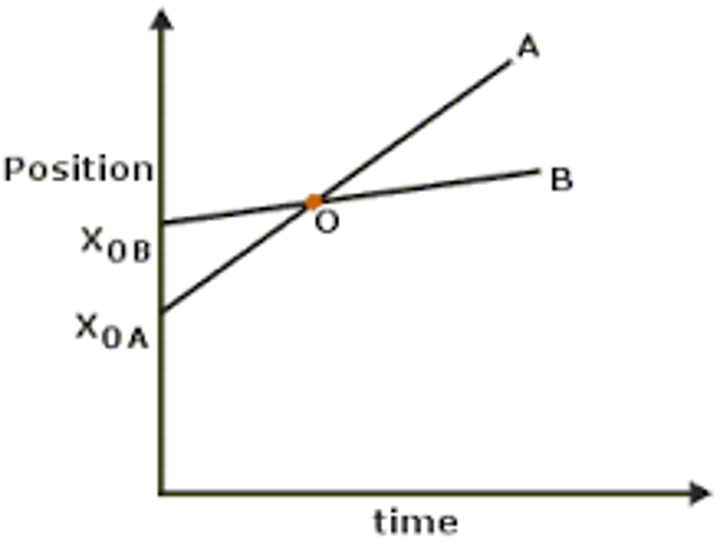
Va and Vb of opposite sign
Vba = -Vab
Magnitude of Vba and Vab will be higher than magnitude of Va and Vb. Both objects will appear faster to one another
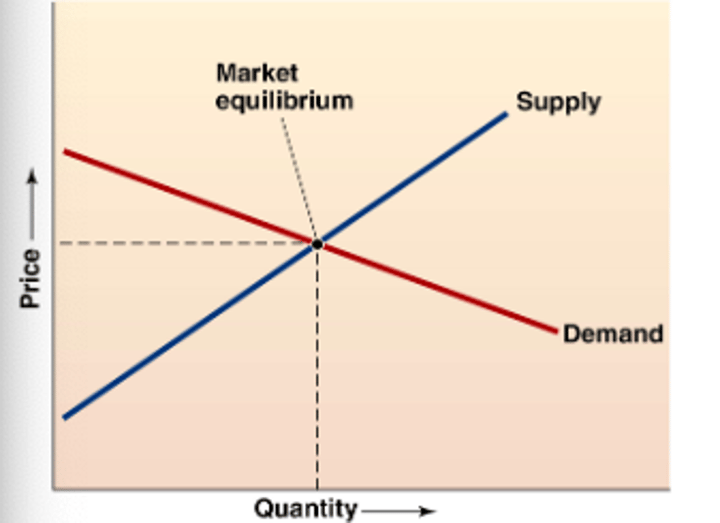
Projectile motion
2-D motion of an object that is given an initial velocity and projected into the air at an angle. The only force acting upon the object is gravity. It follows an parabolic path determined by the effect of the initial velocity and gravitational acceleration.
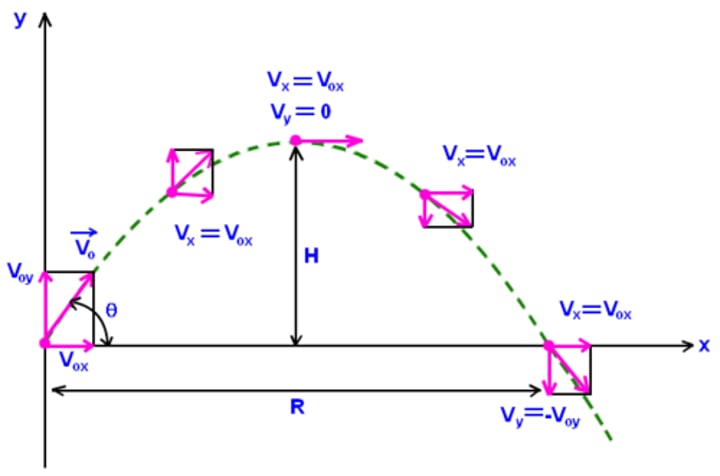
Maximum height H
H = u² sin² θ / 2g
(use v² - u² = 2as)
Time of flight T
T or 2t = 2u sinθ / g
(use v = u + at)
Horizontal range R
R = u² sin2θ / g
(use s = ut + ½ at²)
For what angle θ is range maximum
45° (sin2θ = sin 90°)
Maximum range formula
Rmax = u²/g
Equation of trajectory
𝑦 = 𝑥 tanθ - ½ g𝑥²/u²cos²θ
Equation of trajectory (w.r.t. range)
𝑦 = 𝑥 tanθ (1-𝑥/R)
Angular displacement
the angle in radians through which a point or line has been rotated in a specified sense about a specified axis
θ= arc length/radius
SI unit of angular displacement
radian (rad)
SI unit of angular velocity
radian per second (rad/s)
Angular velocity
rate of change of angular displacement
ω = dθ/dt
Angular acceleration
The rate of change of angular velocity
α = dω/dt
SI unit for angular acceleration
rad/s²
Uniform circular motion
the movement of an object at a constant speed around the circumference circle
Relation between linear acceleration and angular acceleration
a = rα
Relation between linear velocity and angular velocity
v = rω
centripetal acceleration
Acc. of an object moving along the circumference of a circle and directed towards the centre.
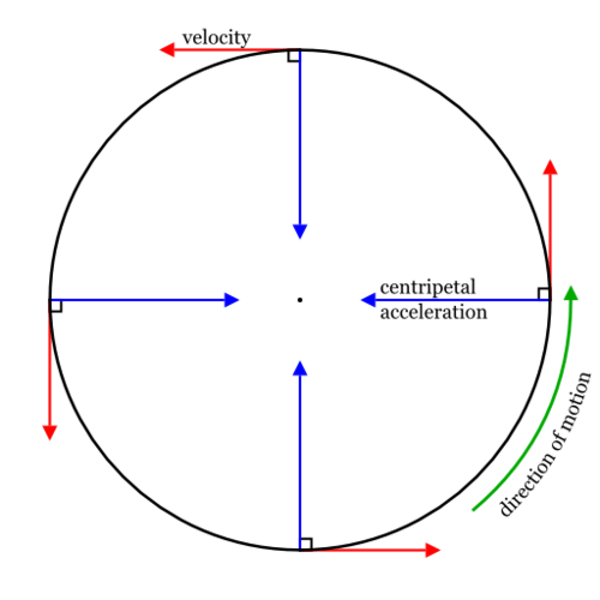
centripetal acceleration formula
ac = v²/r
Time period
time taken for one revolution T
Frequency
/ Number of revolutions in 1 sec
v = 1/T
angular frequency
ω = 2π/T = 2πv
ac = v²/r versions
ac = Rω²
ac = R 4π² v²
centripetal
toward the center
centrifugal
away from the center